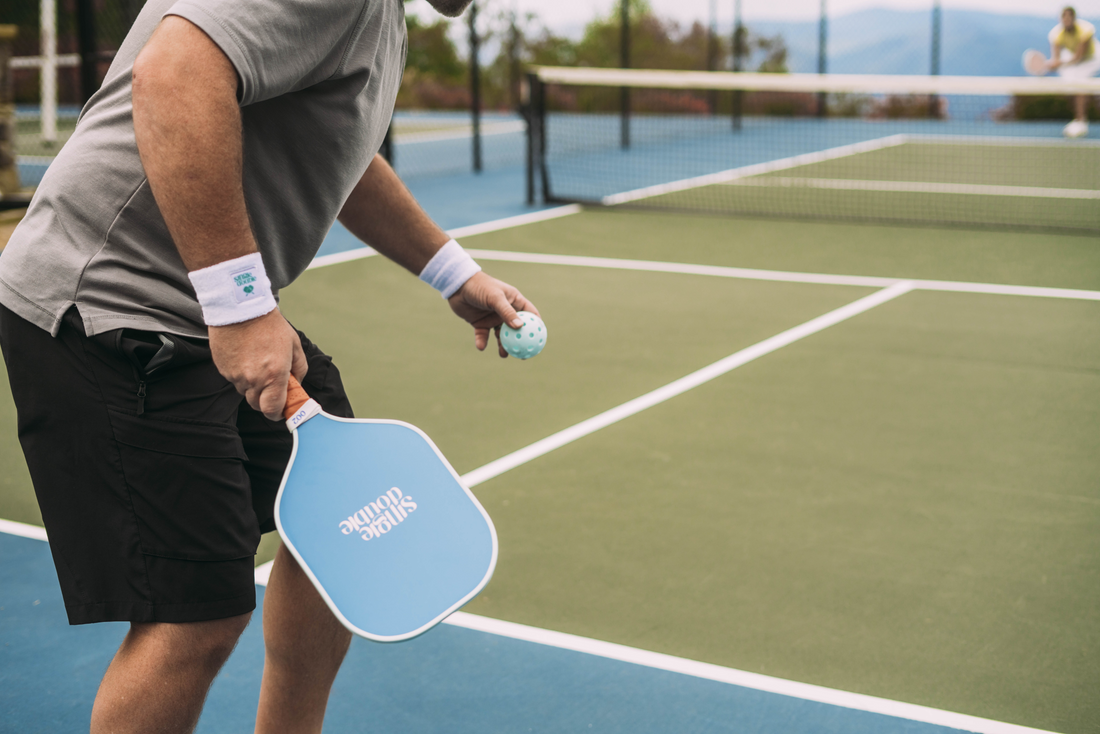Pickleball is a popular racket sport that combines elements of tennis, badminton, and ping pong. When serving in pickleball, players have a variety of techniques to choose from. Here are some of the different types of pickleball serves:
1. The Standard Serve: The standard serve is the most common and basic serve in pickleball. It involves hitting the ball underhand, below waist level, and diagonally across the net into the opposite service court. The serve must clear the non-volley zone, also known as the kitchen.
2. Drive Serve: The drive serve is a more aggressive serve that aims to put the receiving player on the defensive. It involves hitting the ball with more power and speed, typically targeting the receiver's weaker side or trying to create an angle that makes it difficult to return the serve effectively.
3. Lob Serve: The lob serve is a defensive serve used when the serving player wants to force the opponent away from the net. The objective is to hit the ball high and deep, causing it to land near the baseline of the receiver's court. The goal is to limit the receiver's ability to attack the serve aggressively.
4. Drop Serve: The drop serve, also known as the soft or dink serve, is a slower-paced serve that requires finesse. Instead of hitting the ball with power, the serving player aims to place the ball delicately just over the net and close to the non-volley zone. The drop serve is often used to catch the receiver off guard and force them to hit a soft shot, making it easier for the server to move to the net and take control of the point.
5. Fast-paced Serve: This type of serve involves hitting the ball with maximum speed and power, similar to a tennis serve. The objective is to catch the receiver off guard and make it difficult for them to return the serve effectively. It requires a strong arm and good control to keep the serve in play.
6. Spin Serve: The spin serve incorporates spin on the ball to add unpredictability to the trajectory. It can be executed with backspin or topspin. A backspin serve can cause the ball to bounce lower and potentially stay low after the bounce, making it challenging for the receiver to return. A topspin serve can cause the ball to bounce higher, making it harder for the receiver to control the return.
It's worth noting that pickleball serves must be made with an underhand motion, and the contact point with the ball must be below waist level. The serves should also clear the non-volley zone and land within the diagonal service court on the opposite side of the net.
These are just a few examples of the different types of pickleball serves. Skilled players often mix up their serves to keep their opponents guessing and gain a strategic advantage during a game.
